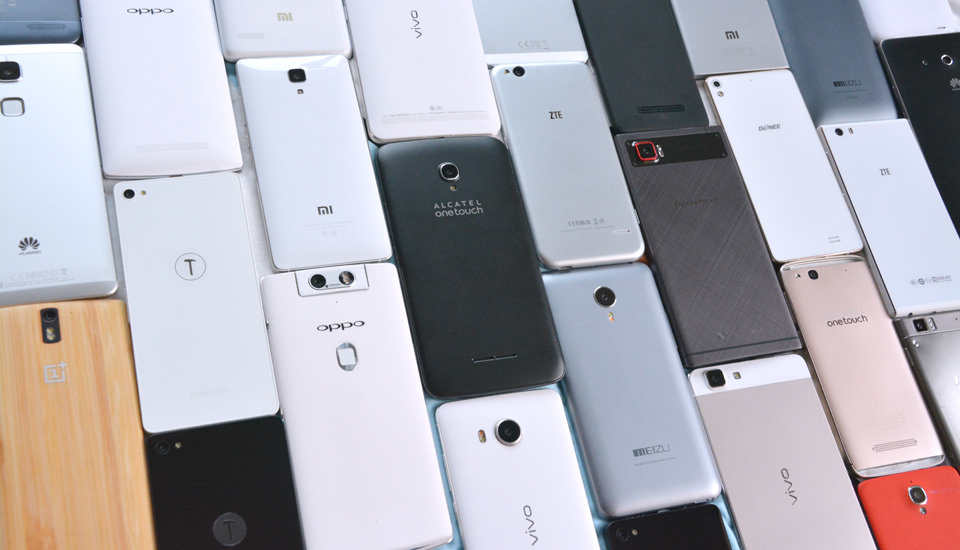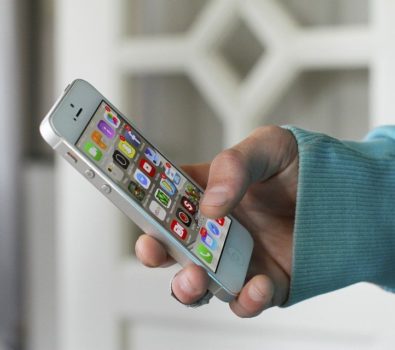In our modern society, a smartphone has already become something more than just a regular means of communication. It is more like a computer in a pocket with an Internet access, electronic books, photo camera, video and music players. A smartphone is now a personal assistant and a right hand for many people. Due to the fact that market offers us such an incredible variety of kinds and brands of smartphones, people often feel lost among all of these choices. Unprepared user finds it difficult to navigate in modern devices and understand which smartphone is better. Therefore we’ve come up with a short simple guide to help you feel confident while choosing a smart device. As long as you know what you want, our tips will help you find a smartphone that fits your needs.
The main thing to remember is that the cost of a smartphone is determined by the total cost of its components plus the brand. At the same time often the brand itself characterizes the quality of the device. Such manufacturers as Samsung or LG produce all elements of their mobile phones. Due to their own advanced developments in the field of displays, processors etc. customer can count on a certain quality of the smartphone as a whole. Apple, on the other hand, orders its components from the third party, but the quality of their device is still very high. In order to understand the choices offered to us by the market, let’s take a look at 3 most important criteria when choosing a smartphone.
1. Operating Systems
Every modern smartphone has one or another operating system (OS). It is important to be aware of differences between each OS that manufacturers use and hide under a colorful sensor screen of a smartphone. Here are the main ones:
iOS is a mobile operating system developed and manufactured by the American company called Apple. iOS is installed on every Apple smartphone and tablet. The main advantage of iOS is its simplicity and intuitive understanding of the interface. The App Store already contains more than one million applications, which can be downloaded on Apple device. Some of them are free and other needs to be paid for.
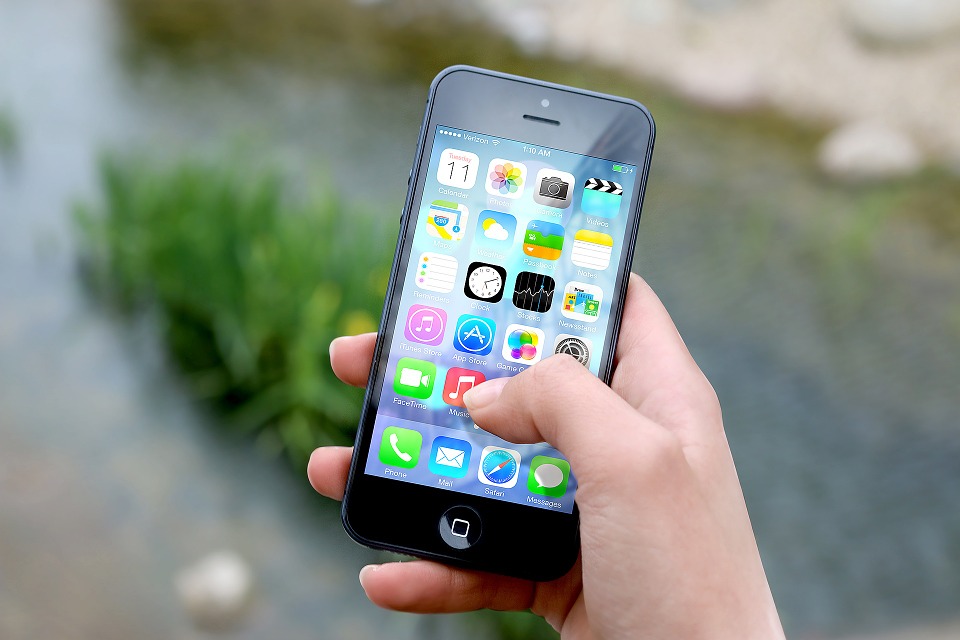
Android. In July 2005 Google bought Android Inc. and announced a launch of an open mobile platform called Android. HTC’s smartphone called HTC Dream was the first device running on Android. As of the 2015 Google play market has 1.6 million apps and 200 million downloads per year. The main disadvantage of this OS lies in its RAM operation. Unfortunately, this shortcoming smoothly flows from version to version, becoming a very annoying problem for some users. On the other hand, Android is the most popular OS used by such companies as Samsung, HTC, Motorola as well as all Chinese smartphone manufacturers.
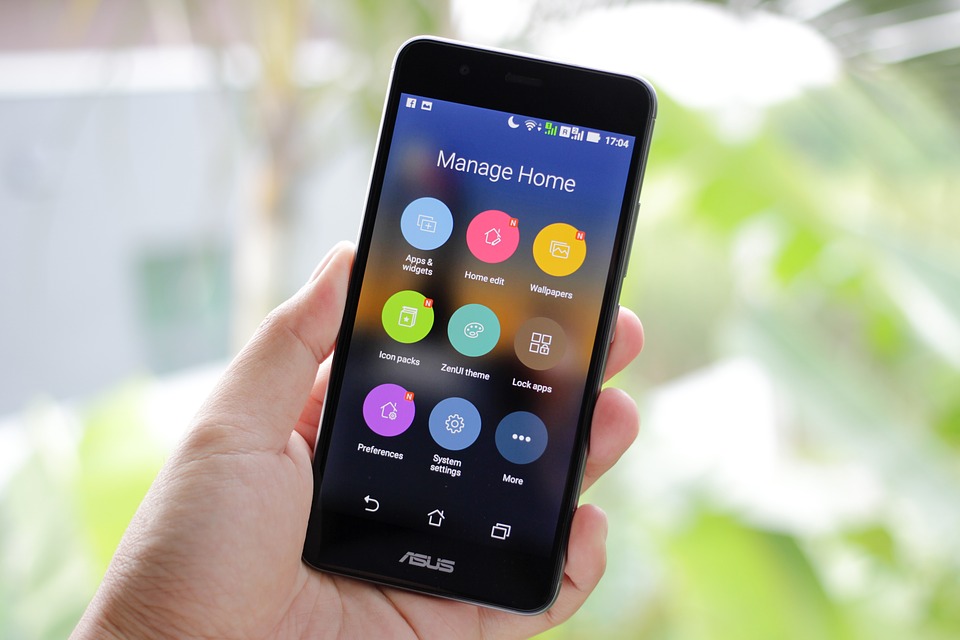
Windows Phone is a mobile OS, developed by Microsoft and released in 2010. The developers aimed to recreate Windows 10 with all its multi-colored icons and different square-formed labels, but for a smartphone. This concept is very convenient, but not appreciated by the users, who like to decorate the desktop with various pictures, widgets and other little things, since there’s no such option in this OS. One of the main advantages of Windows Phone is its competent work with RAM, which can be called intellectual. The OS determines which applications should remain in RAM, and which ones can be removed. But on the other hand, this is also the main disadvantage, because several applications cannot run simultaneously.
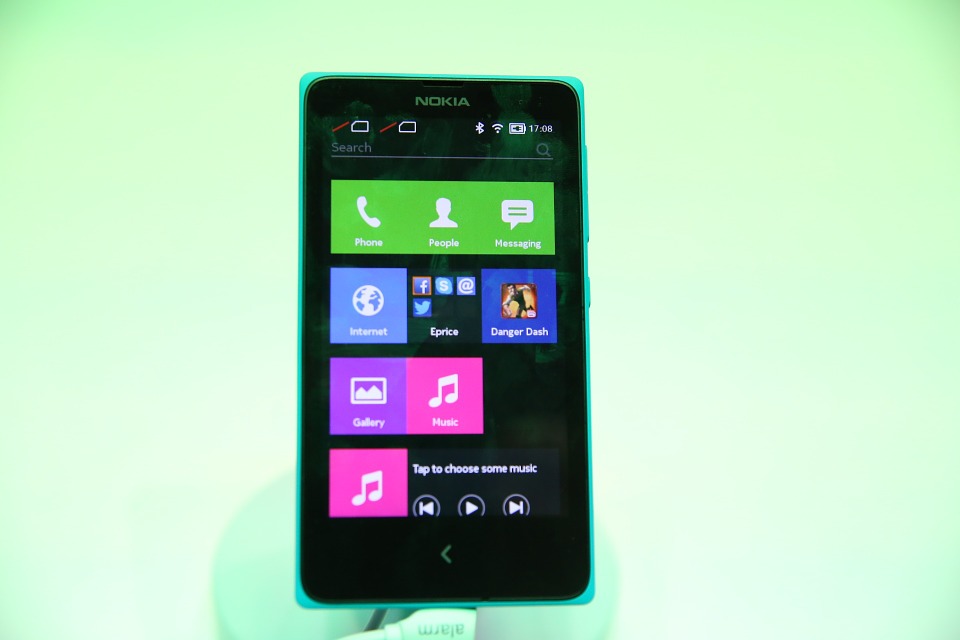
There are other many different OS to choose from, for example, Symbian, Blackberry OS, OS Bada, Palm OS, Open WebOS, Maemo and more. But make sure that this particular OS is supported in your area. If the Android smartphone breaks, it will most likely be repaired anywhere. If you’re using OS Bada be ready to face difficulties finding needed specialist.
2. Hardware component
Screen. First of all, let’s talk about screen size. Today, smartphone screens can be divided into screens with small diagonal up to 4.99 inches and with diagonals from 5 to 7 inches. According to the user’s feedback, the most popular screen sizes are 4.3 inches, 5 inches and everything above. A Large screen will better suit those, who constantly use the Internet or play games. As of the screen itself, Samsung, for example, produces smartphones with Super AMOLED screens, which are known by its fairly good brightness of colors. Apple devices include Retina displays and distinguished by its clarity, necessary for reading texts and browsing sites. There are also Nova displays, which offer good quality image in direct sunlight. The screen preferences are purely individual. To choose, just take a few devices and look at their screen.
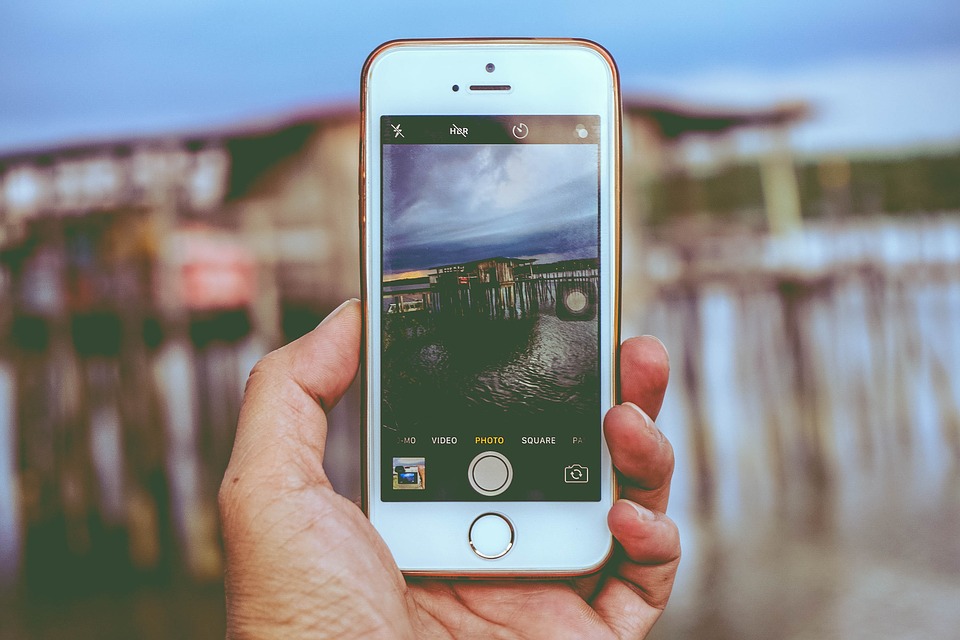
Camera. Almost every smartphone has both rear and front cameras. The resolution of the main camera of a modern smartphone reaches 20 MP. In addition, many manufacturers equip it with various additional features. The front camera is designed for video communication, but often users do not pay attention to it. The number of megapixels is just one of the parameters of a complex camera system. Other important components are the matrix and the quality of the optics.
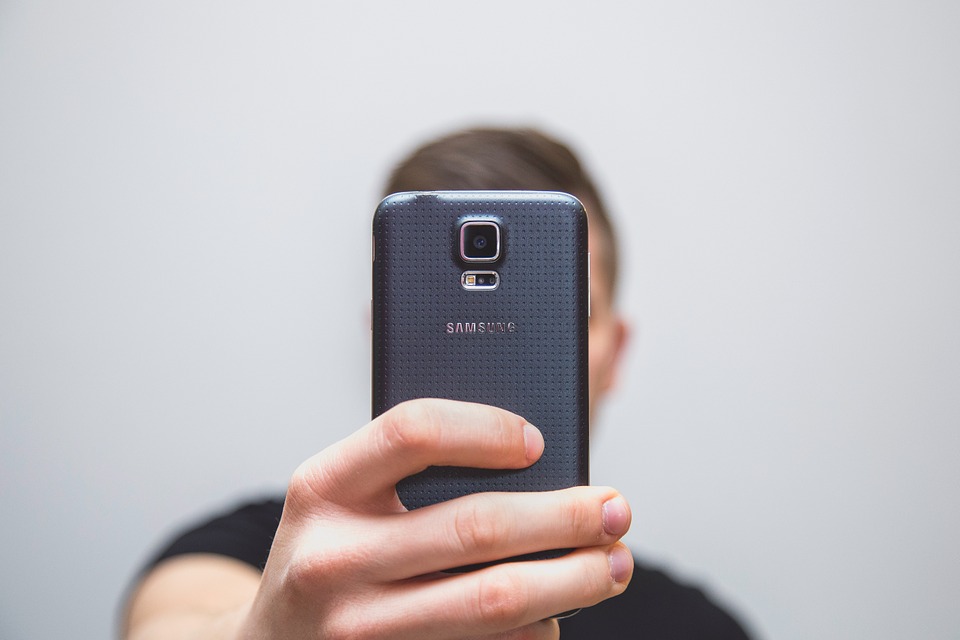
Battery. Several years ago the importance of a smartphone battery was very high, but today its role is slightly reduced. The average battery capacity is from 1800 to 3300 mAH and almost all smartphones can live up to 2 days, depending on the operation. There are also such phones as Nokia Lumia 720, which can last up to 4 days, but this is rather an exception.
Processor and RAM. Almost 100% of all smart devices are equipped with powerful enough processors to allow users enjoy gaming experience on their mobile devices with no glitches. The main rule is pretty simple: the more power – the better. Just make sure that you really need it. In addition to iPhone, the leaders in performance are smartphones based on the Qualcomm Snapdragon platform.
As of the RAM, the average user needs about 2 to 4 GB of RAM. Smartphones with 6 GB and more are just a marketing trap. Experienced users also pay attention to the type of memory. LPDDR4 runs faster than LPDDR3 and consumes less power, but overall this parameter does not have a significant impact on usability and can be neglected.
3. Brand
The smartphone industry is now different from what it used to be even a couple years ago. The buyer can choose a smartphone from a well-known manufacturer or a Chinese manufacturer. On one hand, Chinese producers offer powerful two or quad-core gadgets with a large screen, which also looks like any other famous brand, but much cheaper. But this is only the first impression: these phones are usually full of errors and glitches. Of course, today, there are Chinese manufacturers who have already overcome the quality boundary in a positive way: Xiaomi, ZTE, Huawei, Lenovo. But there’s still a lot of brandless, low-quality smartphones.
